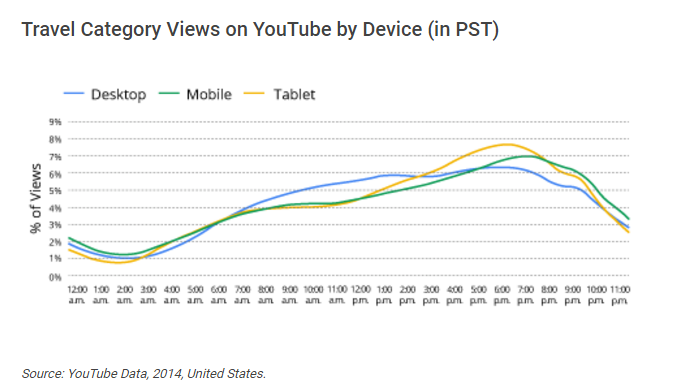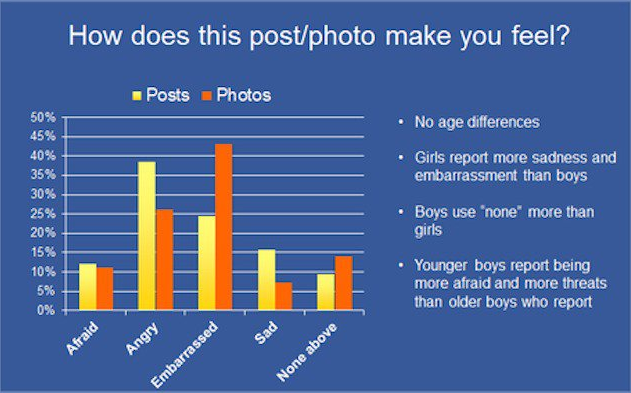Editor’s note: This is a sequel to the “3 Steps to Building a Customer Persona for Your Hotel” post. Make sure to check that out before you read this.
So, you’ve created a customer persona (or two) for your hotel.
You now have a deeper understanding of your guests. You have a stronger grasp of their needs, the language they use, and how they think when booking hotels. You’re ready to go.
Mission complete, right? Not quite! Creating your customer personas is only half the battle.
It’s how you use the insights from your persona to inform your hotel’s marketing and sales strategy that counts when it comes to driving direct bookings.
In today’s post, you’ll learn how to convert persona-fuelled insights into actionable steps that get you more bookings.
Let’s go.
Get More Conversions out of Ads and Targeting
Imagine if you knew a few quick, easy ways to improving traffic, on-site conversions, and paid ad ROI. Sound too good to be true?
If you’re using customer personas correctly, it isn’t.
UK online watch retailer Watchfinder wanted to find out how to improve site engagement with their visitors. And when they dug into their Google Analytics, the feedback they got wasn’t promising.
They found that not even 1% of visitors completed a transaction on the first visit to the site.
In response, they drew customer segment insights by documenting users based on language, location, and what stage of the purchase funnel that user was in. This lead up to a remarketing campaign with Google ads.
They realised that conversion rates and engagements were higher from ISP addresses in the London Financial District.
Acting on this knowledge, they re-targeted these site users with messages tailored specifically to employees at large investment banks. The results?
Not only did this slice customer acquisition costs by 34%, it also boosted the average order value on site by 13%. Overall, their simple customer segmentation and clever use of the results led to an overall 1,300% return on investment after 6 months.
For hotels, having higher converting traffic from specific locations is a common phenomenon. You can use your customer persona to deduce where guests worth targeting are coming from, and how to approach them. Here are a couple ways you can start to use that information right now:
- Creating tailored ads and targeting for those visitors, just like Watchfinder
- Sending segmented marketing messages to them
- Tweaking or creating new packages or offers for them
- Adjusting your landing pages to involve those visitors better.
Create Customer Persona-Specific YouTube Videos
Google estimates that 106 million of YouTube’s unique monthly visitors are travellers. 64% of those travellers watch travel related videos when thinking about going on holiday; 37% watch while choosing a web site to book on.
Video marketing carries huge potential. This is even more true in 2016, with video exploding on mobile and on platforms like Instagram.
- Visual content is classed as one of the top five most effective B2B marketing tactics
- Two-thirds of marketers believe that original digital video will become as important as TV programming within the next three years
- Views of travel-related content have gone up 118%, year over year
Armed with your personas and knowledge of how powerful video has become, give video content for your guests a try.
So what types of videos should you create?
According to Google, 88% of YouTube travel searches focus on destinations, attractions/points of interest, or general travel ideas. So, consider focusing on points of attraction in the area around your hotel – landmarks, natural beauty and cultural centers are all strong options.
When creating videos, integrate insights from your personas for maximum impact. For example, imagine your persona tells you that guests who’ve stayed with you enjoyed certain activities or attraction points over others. You could then theme your video on those specific activities or attraction points to connect with potential guests.
Use the Same Terms That Your Guests Use
To appreciate the power of persona based language, consider the following Facebook study.
Facebook has close to 4 million complaint-related conversations a week. To combat this, they aimed to get people communicating with each other instead of sending anonymous complaints. So they tweaked their reporting message around one main persona.
They honed in on teenagers of both genders to understand what the biggest problem was when reporting a photograph posted by another person to be removed.
(Image source)
After talking to multiple teenage users, they found out that the word “report” was causing problems among teenagers. Teens didn’t want to feel like they were getting friends in trouble.
After changing the report button to “this post is a problem”, people were more comfortable with complaints, and communicated better.
How would you like your guests to feel when thinking about your hotel? Ideally, you want guests to think of your hotel as a natural topic when booking rooms or holidays – not as an afterthought, getting in the way of planning other parts of the trip.
However, it’s going to be extremely difficult to do if you don’t use the same language as them. We feel a connection to brands when they seem to be in touch with us in some way: either they have goals aligned with ours, seem to have similar values, or they use the same phrases and reflect the language we use. If you don’t speak the same language as your customer personas do, they just won’t feel connected to you or your brand.
At the very least, you should be aware of terms or descriptions that trigger negative reactions like confusion, or on-page friction.
Create Customer Persona-Specific Content Upgrades
Your customer persona makes sure you’re focused on your guests’ pains, problems, and desires. Use these insights to your advantage. Create a content upgrade that addresses a common problem or answers a common question of a particular persona.
The key is in using your persona to make sure your content will be valuable.
Use Your Persona to Segment Your Guests
Clothing retailer Johnny Cupcakes had an email list of 80,000 customers, but their data was incomplete. Everyone got the same marketing messages, regardless of the kind of customer they were.
To make emails more effective and boost conversions, Johnny Cupcakes gathered additional information from its customers’ social profiles. This allowed them to mine data on gender, customer interests, brand preferences, and general media habits.
Basically, they strengthened their customer personas.
When the business ran simple segmented campaigns based on persona information, they experienced:
- A 42% lift in click through rates
- A 123% boost in conversion rate
- A 141% increase in revenue per campaign
Segmenting your customers is key to delivering personalized marketing messages. Personalisation is becoming easier than ever, with an explosion of new technology and techniques to allow you to both get the necessary data and put it to good use.
When you’re segmenting your guest types, your hotel customer persona will be invaluable. It will draw the “line” between different types of guests, allowing you to cater for each of their individual needs.
Conclusion
There was a common theme in the case studies above: all of the profit-boosting changes were informed by knowledge based on customer personas. If you’re reading this and still haven’t created a hotel customer persona, get started now.
How else could you use a customer persona to boost hotel bookings? Let us know in the comments below.







